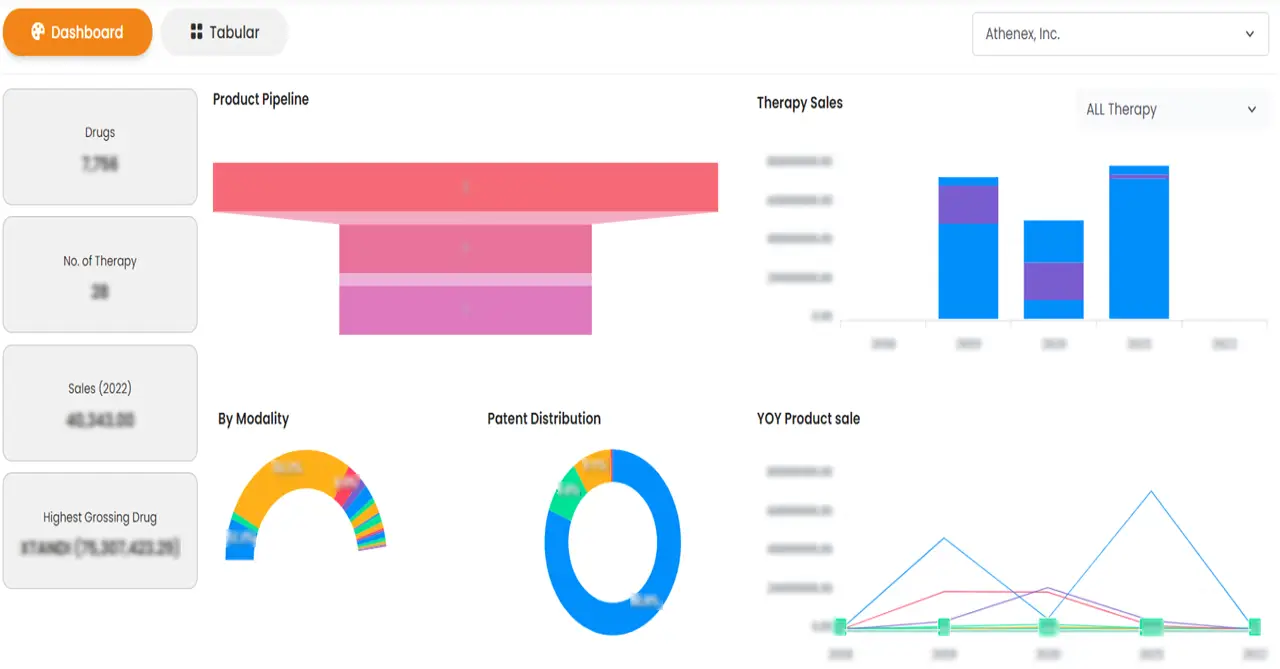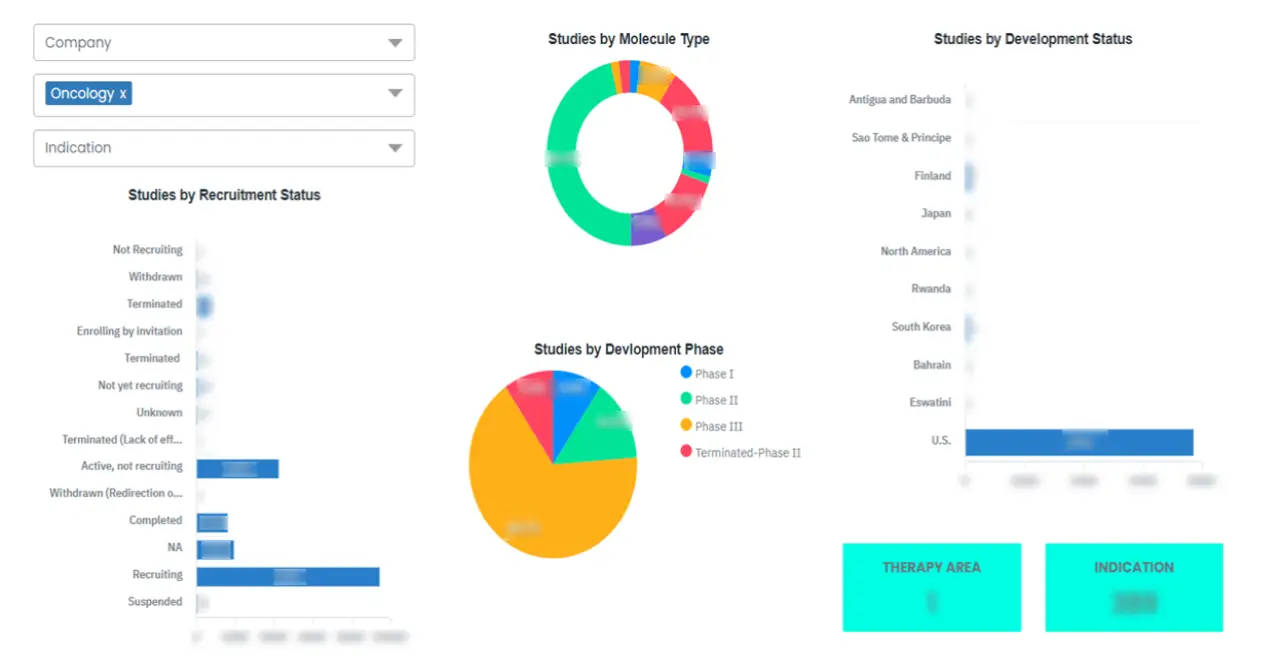>Global Mitochondrial Neurogastrointestinal Encephalomyopathy (MNGIE) Market, By Symptoms (External Ophthalmoplegia, Gastrointestinal Dysmotility, Cachexia, Peripheral Neuropathy, Leukoencephalopathy), Treatment (Drug Therapies, Occupational and Physical Therapy), Route of Administration (Oral, Injection), Distribution Channel (Hospital Pharmacy, Retail Pharmacy, Online Pharmacy), Country (U.S., Canada, Mexico, Peru, Brazil, Argentina, Rest of South America, Germany, Italy, U.K., France, Spain, Netherlands, Belgium, Switzerland, Turkey, Russia, Hungary, Lithuania, Austria, Ireland, Norway, Poland, Rest of Europe, Japan, China, India, South Korea, Australia, Singapore, Malaysia, Thailand, Indonesia, Philippines, Vietnam, Rest of Asia Pacific, South Africa, Saudi Arabia, U.A.E, Kuwait, Israel, Egypt, Rest of Middle East and Africa) Industry Trends and Forecast to 2028.
 Market Analysis and Insights : Global Mitochondrial Neurogastrointestinal Encephalomyopathy (MNGIE) Market
Market Analysis and Insights : Global Mitochondrial Neurogastrointestinal Encephalomyopathy (MNGIE) Market
The mitochondrial neurogastrointestinal encephalomyopathy (MNGIE) market is expected to gain growth at a potential rate of 3.0% in the forecast period of 2021 to 2028. The increase in the investment in research and development is the factor responsible for the market growth.
The mitochondrial neurogastrointestinal encephalomyopathy (MNGIE) is a type of rare autosomal recessive multisystem disorder. It is generally caused by mutations in the gene encoding thymidine phosphorylase (ECGF1) and is innate as an autosomal recessive trait.
The high incidence rate of mitochondrial neurogastrointestinal encephalomyopathy is expected to accelerate the market growth in the forecast period of 2021 to 2028. Likewise, the rapid rise in the prevalence of neurogastrointestinal disorders and on-going clinical trial are also predictable to enhance the mitochondrial neurogastrointestinal encephalomyopathy (MNGIE) market growth. Furthermore, the rise in the government funding and presence of well developed healthcare infrastructure are also projected to drive the market growth rate.
In addition, the increase in the research and developments for developing efficient and cost effective treatments and the new launch of the products are likely to create various new opportunities that will impact this mitochondrial neurogastrointestinal encephalomyopathy (MNGIE) market growth in the forecast period of 2021 to 2028.
However, the patent expiry of major drugs and high expenditure involved in research and development are expected to act as major restraints towards the growth of the mitochondrial neurogastrointestinal encephalomyopathy (MNGIE) market, whereas the lack of awareness can challenge the growth of the target market in the above mentioned forecast period.
This mitochondrial neurogastrointestinal encephalomyopathy (MNGIE) market report provides details of market share, new developments, and product pipeline analysis, impact of domestic and localized market players, analyses opportunities in terms of emerging revenue pockets, changes in market regulations, product approvals, strategic decisions, product launches, geographic expansions, and technological innovations in the market. To understand the analysis and the mitochondrial neurogastrointestinal encephalomyopathy (MNGIE) market scenario contact Data Bridge Market Research for an Analyst Brief, our team will help you create a revenue impact solution to achieve your desired goal.
Global Mitochondrial Neurogastrointestinal Encephalomyopathy (MNGIE) Market Scope and Market Size
Mitochondrial neurogastrointestinal encephalomyopathy (MNGIE) market is segmented on the basis of symptoms, treatment, route of administration and distribution channel. The growth among segments helps you analyze niche pockets of growth and strategies to approach the market and determine your core application areas and the difference in your target markets.
- Based on symptoms, the mitochondrial neurogastrointestinal encephalomyopathy (MNGIE) market can be segmented into external ophthalmoplegia, gastrointestinal dysmotility, cachexia, peripheral neuropathy and leukoencephalopathy. Gastrointestinal dysmotility has further been segmented into early satiety, dysphagia, gastroesophageal reflux, nausea, postprandial emesis, episodic abdominal pain and diarrhea
- The treatment segment of the mitochondrial neurogastrointestinal encephalomyopathy (MNGIE) market can be segmented into drug therapies and occupational and physical therapy.
- On the basis of route of administration, the mitochondrial neurogastrointestinal encephalomyopathy (MNGIE) market can be segmented into oral and injection.
- On the basis of distribution channel, the mitochondrial neurogastrointestinal encephalomyopathy (MNGIE) market can be segmented into hospital pharmacy, retail pharmacy and online pharmacy.
Mitochondrial Neurogastrointestinal Encephalomyopathy (MNGIE) Market Country Level Analysis
Mitochondrial neurogastrointestinal encephalomyopathy (MNGIE) market is analyzed and market size information is provided by country by symptoms, treatment, route of administration and distribution channel as referenced above.
The countries covered in the mitochondrial neurogastrointestinal encephalomyopathy (MNGIE) market report are U.S., Canada and Mexico in North America, Peru, Brazil, Argentina and Rest of South America as part of South America, Germany, Italy, U.K., France, Spain, Netherlands, Belgium, Switzerland, Turkey, Russia, Hungary, Lithuania, Austria, Ireland, Norway, Poland, Rest of Europe in Europe, Japan, China, India, South Korea, Australia, Singapore, Malaysia, Thailand, Indonesia, Philippines, Vietnam, Rest of Asia-Pacific (APAC) in Asia-Pacific (APAC), South Africa, Saudi Arabia, U.A.E, Kuwait, Israel, Egypt, Rest of Middle East and Africa (MEA) as a part of Middle East and Africa (MEA).
North America leads the mitochondrial neurogastrointestinal encephalomyopathy (MNGIE) market due to the rise in the healthcare research infrastructure and easy availability of advanced healthcare facilities. Asia-Pacific region is expected to expand at a significant growth rate in the forecast period of 2021 to 2028 because of the well-established healthcare infrastructure and rise in the awareness.
The country section of the report also provides individual market impacting factors and changes in regulation in the market domestically that impacts the current and future trends of the market. Data points such as new sales, replacement sales, country demographics, disease epidemiology and import-export tariffs are some of the major pointers used to forecast the market scenario for individual countries. Also, presence and availability of global brands and their challenges faced due to large or scarce competition from local and domestic brands, impact of sales channels are considered while providing forecast analysis of the country data.
Patient Epidemiology Analysis
Mitochondrial neurogastrointestinal encephalomyopathy (MNGIE) market also provides you with detailed market analysis for patient analysis, prognosis and cures. Prevalence, incidence, mortality, adherence rates are some of the data variables that are available in the report. Direct or indirect impact analysis of epidemiology to market growth are analyzed to create a more robust and cohort multivariate statistical model for forecasting the market in the growth period.
Competitive Landscape and Mitochondrial Neurogastrointestinal Encephalomyopathy (MNGIE) Market Share Analysis
Mitochondrial neurogastrointestinal encephalomyopathy (MNGIE) market competitive landscape provides details by competitor. Details included are company overview, company financials, revenue generated, market potential, investment in research and development, new market initiatives, global presence, production sites and facilities, company strengths and weaknesses, product launch, clinical trials pipelines, product approvals, patents, product width and breadth, application dominance, technology lifeline curve. The above data points provided are only related to the companies’ focus related to mitochondrial neurogastrointestinal encephalomyopathy (MNGIE) market.
The major players covered in the mitochondrial neurogastrointestinal encephalomyopathy (MNGIE) market report are Novartis AG, Sun Pharmaceutical Industries Ltd., Eisai Co., Ltd, F. Hoffmann-La Roche Ltd, Actiza Pharmaceutical Private Limited, LGM Pharma, Qilu Pharmaceutical (Hainan) Co., Ltd., Heron Therapeutics, Inc., Dr. Reddy’s Laboratories Ltd., Taj Pharma, and Cipla Inc., among other domestic and global players. Mitochondrial neurogastrointestinal encephalomyopathy (MNGIE) market share data is available for global, North America, South America, Europe, Asia-Pacific (APAC) and Middle East and Africa (MEA) separately. DBMR analysts understand competitive strengths and provide competitive analysis for each competitor separately.
SKU-
Obtenha acesso online ao relatório sobre a primeira nuvem de inteligência de mercado do mundo
- Painel interativo de análise de dados
- Painel de análise da empresa para oportunidades de elevado potencial de crescimento
- Acesso de analista de pesquisa para personalização e customização. consultas
- Análise da concorrência com painel interativo
- Últimas notícias, atualizações e atualizações Análise de tendências
- Aproveite o poder da análise de benchmark para um rastreio abrangente da concorrência
Metodologia de Investigação
A recolha de dados e a análise do ano base são feitas através de módulos de recolha de dados com amostras grandes. A etapa inclui a obtenção de informações de mercado ou dados relacionados através de diversas fontes e estratégias. Inclui examinar e planear antecipadamente todos os dados adquiridos no passado. Da mesma forma, envolve o exame de inconsistências de informação observadas em diferentes fontes de informação. Os dados de mercado são analisados e estimados utilizando modelos estatísticos e coerentes de mercado. Além disso, a análise da quota de mercado e a análise das principais tendências são os principais fatores de sucesso no relatório de mercado. Para saber mais, solicite uma chamada de analista ou abra a sua consulta.
A principal metodologia de investigação utilizada pela equipa de investigação do DBMR é a triangulação de dados que envolve a mineração de dados, a análise do impacto das variáveis de dados no mercado e a validação primária (especialista do setor). Os modelos de dados incluem grelha de posicionamento de fornecedores, análise da linha de tempo do mercado, visão geral e guia de mercado, grelha de posicionamento da empresa, análise de patentes, análise de preços, análise da quota de mercado da empresa, normas de medição, análise global versus regional e de participação dos fornecedores. Para saber mais sobre a metodologia de investigação, faça uma consulta para falar com os nossos especialistas do setor.
Personalização disponível
A Data Bridge Market Research é líder em investigação formativa avançada. Orgulhamo-nos de servir os nossos clientes novos e existentes com dados e análises que correspondem e atendem aos seus objetivos. O relatório pode ser personalizado para incluir análise de tendências de preços de marcas-alvo, compreensão do mercado para países adicionais (solicite a lista de países), dados de resultados de ensaios clínicos, revisão de literatura, mercado remodelado e análise de base de produtos . A análise de mercado dos concorrentes-alvo pode ser analisada desde análises baseadas em tecnologia até estratégias de carteira de mercado. Podemos adicionar quantos concorrentes necessitar de dados no formato e estilo de dados que procura. A nossa equipa de analistas também pode fornecer dados em tabelas dinâmicas de ficheiros Excel em bruto (livro de factos) ou pode ajudá-lo a criar apresentações a partir dos conjuntos de dados disponíveis no relatório.














